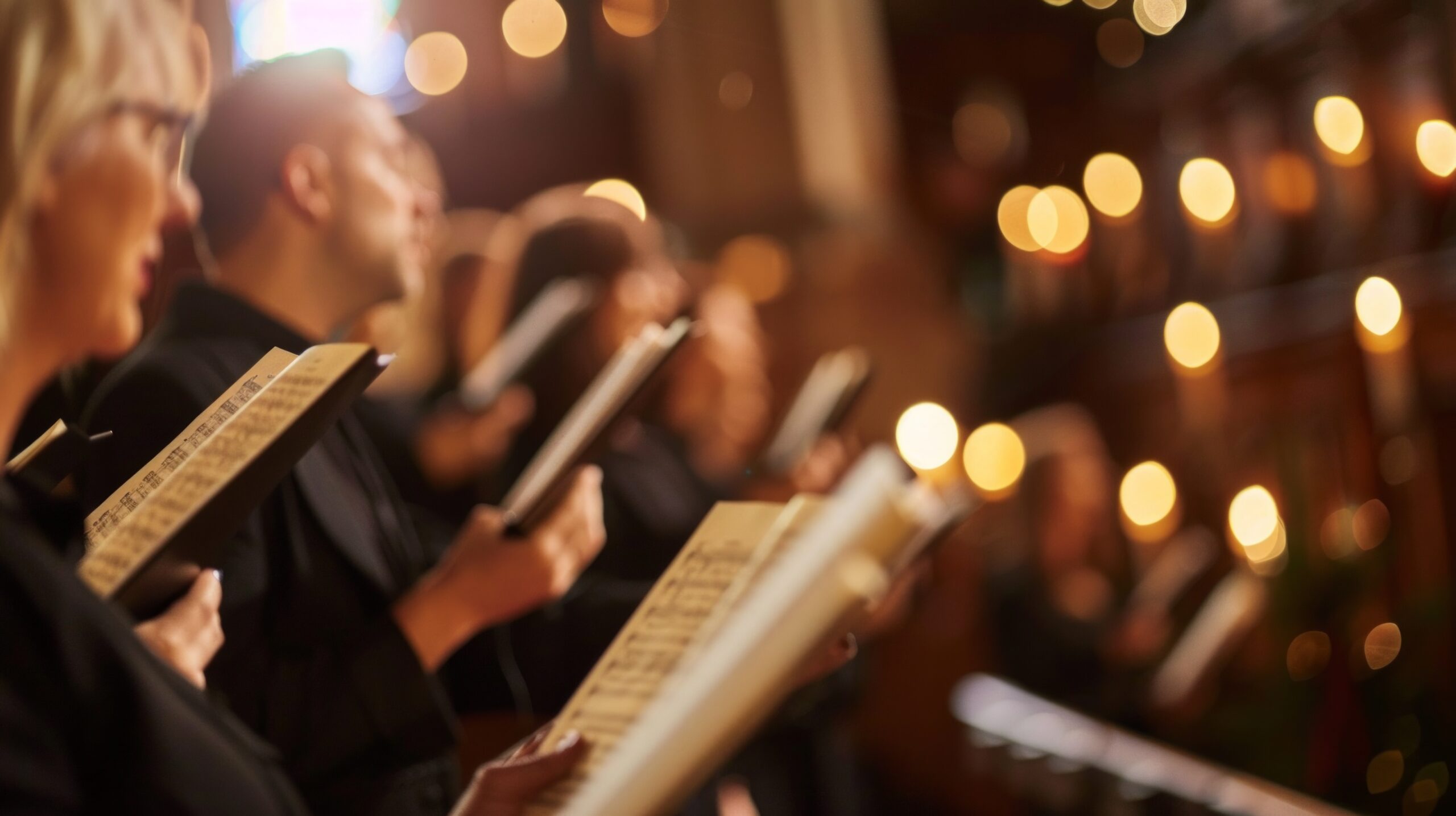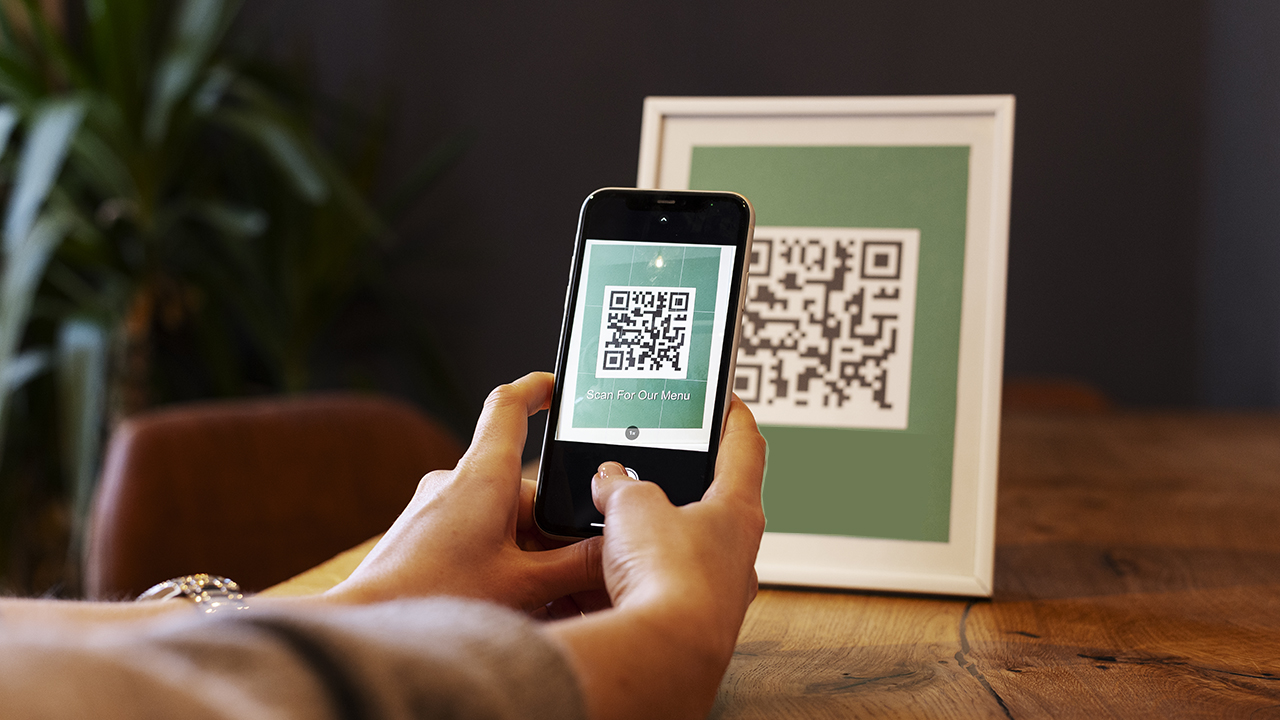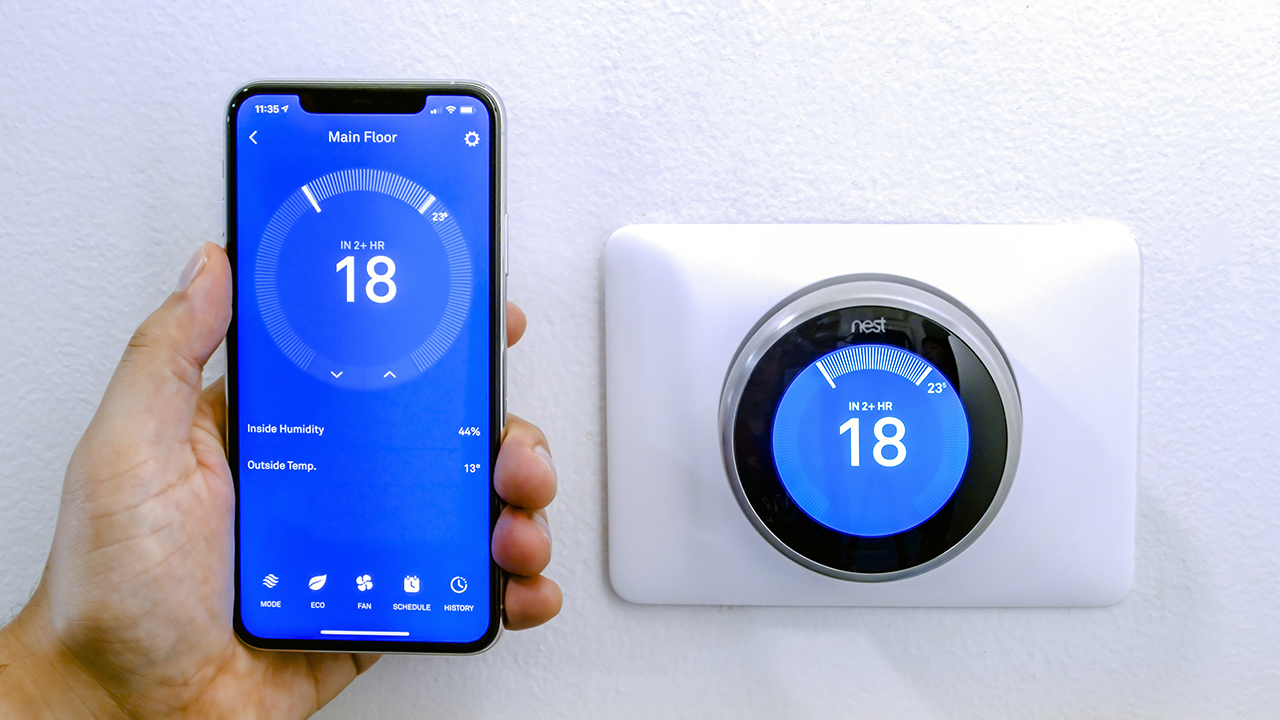Smart Church Technology: Transform Facility Management
As churches evolve to meet modern needs, smart technology and the Internet of Things (IoT) are playing a crucial role in transforming facility management. From automated lighting and security systems to energy-efficient climate control, IoT devices are helping churches reduce costs, enhance security, and improve overall building efficiency.
This guide explores how IoT technology is reshaping church facility management, the benefits of smart church buildings, and practical ways to implement these innovations effectively.
1. What Is IoT and How Does It Apply to Churches?
The Internet of Things (IoT) refers to a network of internet-connected devices that collect, share, and analyze data to automate and optimize functions. In a church setting, IoT technology can streamline operations, reduce energy waste, and enhance the worship experience.
Common IoT Applications in Churches:
- Smart Thermostats (automatically adjust heating/cooling based on occupancy)
- Automated Lighting Systems (adjust brightness and schedules to reduce energy costs)
- Security Cameras & Smart Locks (enhance safety and access control)
- Live Streaming Equipment (automated cameras and sound systems)
- Occupancy Sensors (monitor room usage and optimize space)
- Digital Signage & Smart Displays (automated announcements and event updates)
2. Benefits of IoT for Church Facility Management
a. Energy Efficiency & Cost Savings
- Smart thermostats like Nest or Ecobee optimize heating and cooling, reducing utility costs.
- Motion sensor lighting prevents energy waste by turning off unused lights.
- Automated scheduling ensures systems operate only when needed.
b. Enhanced Security & Access Control
- Smart locks (e.g., August, Schlage) allow remote access control and restrict entry to authorized individuals.
- IoT-enabled security cameras provide 24/7 surveillance with real-time alerts.
- Automated alarms notify administrators of unusual activity.
c. Improved Maintenance & Operations
- Smart sensors detect leaks, HVAC malfunctions, or power issues before they become costly repairs.
- Remote monitoring allows facility managers to address issues from anywhere.
- Predictive maintenance alerts help schedule necessary repairs in advance.
d. Better Worship Experience
- Automated sound and lighting systems adjust settings for different services and events.
- Smart seating occupancy sensors help manage room capacity for events and services.
- Live-streaming automation ensures high-quality broadcasts with minimal manual intervention.
e. Sustainability & Eco-Friendly Practices
- IoT helps churches align with green initiatives by reducing their carbon footprint.
- Smart irrigation systems optimize water usage for landscaping.
- Digital signage reduces paper waste from printed announcements.
3. Key IoT Devices & Technologies for Churches
a. Smart Climate Control
- Nest Thermostat – Learns building usage patterns and adjusts heating/cooling accordingly.
- Ecobee Smart Thermostat – Allows remote temperature adjustments and energy monitoring.
- Honeywell Smart Thermostats – Integrates with security and automation systems.
b. Smart Lighting Solutions
- Philips Hue Smart Lights – Programmed lighting scenes for services, events, or energy savings.
- Lutron Caséta Wireless – Automates and schedules lighting for worship halls and offices.
- Motion-activated lighting – Reduces electricity usage in lesser-used areas.
c. Security & Access Control
- Ring or Arlo Security Cameras – Provide remote video monitoring and real-time alerts.
- August Smart Locks – Securely manage building entry permissions.
- SimpliSafe or ADT IoT Security Systems – Complete security solutions with remote monitoring.
d. Live Streaming & Audio-Visual Tech
- PTZ Cameras (Pan-Tilt-Zoom) – Auto-track speakers and performers.
- Elgato Stream Deck – Automates camera angles, lighting, and sound settings.
- Wireless Audio Systems – Automates microphone activation during services.
e. Facility Maintenance Sensors
- Leak Detection Sensors – Detect water leaks before major damage occurs.
- Air Quality Monitors – Ensure a healthy environment for congregants.
- Smart Plugs & Energy Monitors – Track and reduce unnecessary power consumption.
4. How to Implement IoT in Your Church on a Budget
Many churches may hesitate to adopt smart technology due to cost concerns. However, IoT adoption can start small and expand over time.
Step-by-Step Approach for Budget-Conscious Churches:
- Start with Energy-Saving Devices – Smart thermostats and motion-sensing lights provide quick cost savings.
- Upgrade Security Gradually – Install smart locks and cameras in high-priority areas.
- Invest in Worship-Enhancing Tech – Live streaming cameras and audio automation improve service quality.
- Monitor and Expand – Use energy reports and usage data to optimize operations.
- Seek Donations or Grants – Some organizations offer grants for energy-efficient upgrades.
5. Challenges & Considerations for IoT in Churches
a. Data Security & Privacy
- Secure networks with strong passwords and encryption.
- Use multi-factor authentication (MFA) for smart device logins.
b. Reliability & Internet Connection
- IoT requires a stable internet connection; consider Wi-Fi upgrades if needed.
- Have backup systems in case of network failure.
c. User Training & Adoption
- Educate church staff and volunteers on how to use and manage IoT devices.
- Set up clear guidelines for automation and security protocols.
d. Initial Costs vs. Long-Term Savings
- While initial costs may seem high, energy savings and efficiency will offset expenses over time.
- Consider phased implementation instead of full-scale upgrades all at once.
Conclusion
IoT technology is transforming church facility management, providing cost savings, improved security, and a better worship experience. By adopting smart thermostats, automated lighting, security systems, and digital communication tools, churches can modernize their operations while stewarding resources effectively.
With a gradual implementation strategy, even churches with limited budgets can start integrating smart technology and reap the benefits of a more efficient and sustainable future.
Is your church ready to embrace smart technology? Start small, invest wisely, and watch your facility transform!
editor's pick
News via Inbox
Stay ahead in the fast-evolving world of church technology with our Newsletter! By subscribing, you will gain access to a wealth of information and resources designed to keep you informed and empowered.






